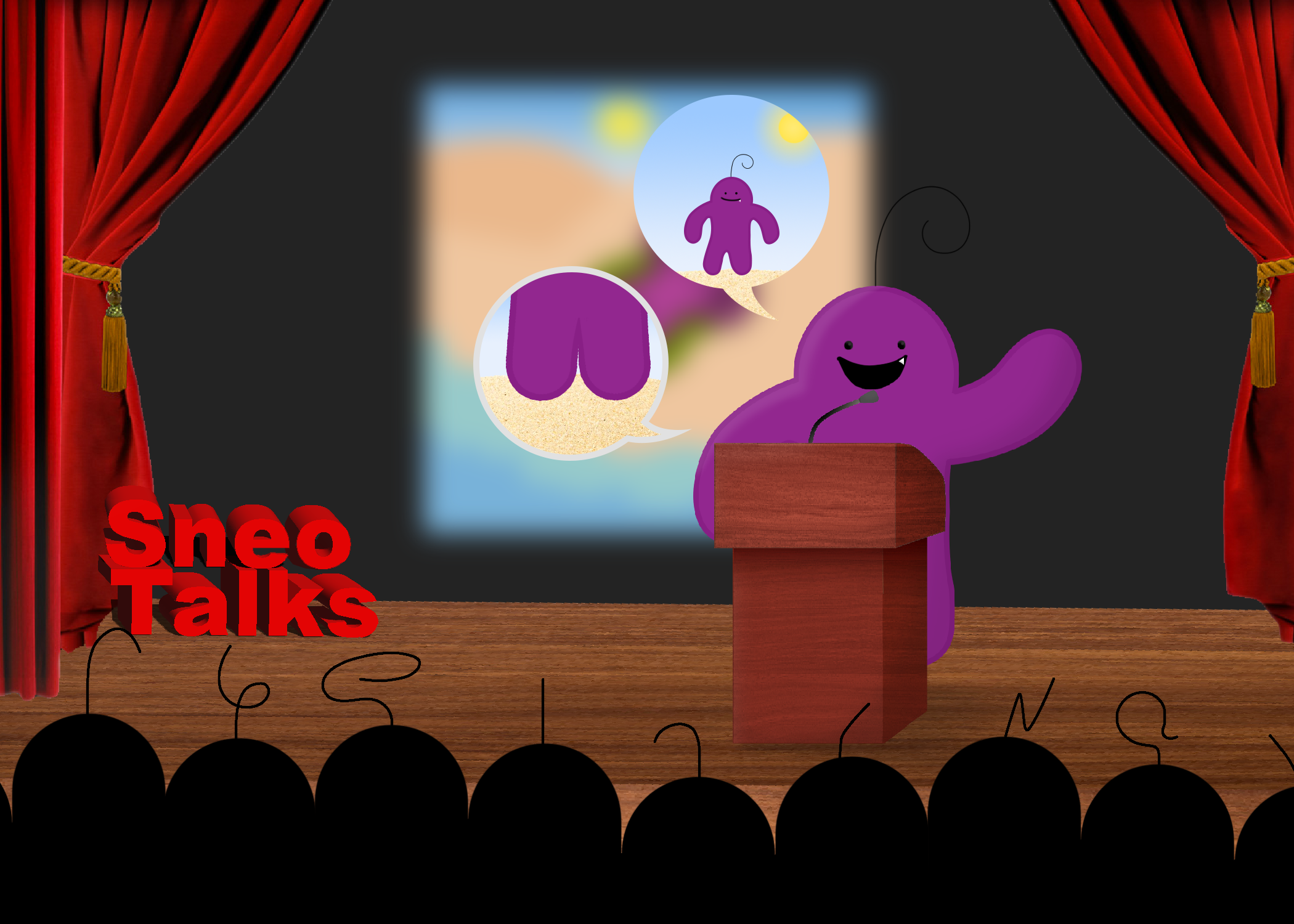In this blog, we’ve talked a lot about stories in the past. We’ve covered the elements of a good story, examples of storytelling speeches, and good tall tales. I’ve even written you a tall tale myself! But one thing I’ve never really talked about is how to make your stories more unique. What can you do to separate your story from the others and really make an impact on your audience?
Well, in this series I hope to answer this question. Today, we’ll be going over my first method of spicing up your story in this series: incorporating pictures. Keep an eye out for future installments!
When you are giving people a speech, your main goal is to deliver your points effectively. And in order to make any impact on your audience, you must keep their attention for the entirety of the presentation. One great way to do that is by using pictures.
It can be hard to choose the right pictures for your speech. Something important to remember is that your pictures should supplement your descriptions, not replace them. For example, take my Storytime tall tale from a few months ago. If I had been giving that speech in person, I could have used a picture of a beach while I described the beach. However, it’s not enough for me to just show a picture of a beach and say “Oh, it looked something like this.” (There are instances in which this method would work effectively for humor. In those isolated cases this method could be excused, but I would not suggest using stock images to describe everything you want your audience to think about. That would not only be lazy on your part but also boring for the audience.) Instead, I could describe the beach itself, but also add in descriptions of feelings the audience couldn’t see in the picture, like the feel of the soft sand between my toes and the warmth of the sun on our skin.
The next step is choosing pictures that are appropriate for the occasion. Remember where you’ll be giving this speech. What is your audience’s age range or demographic? Will they enjoy cartoonish images over serious ones? Are you trying to follow a certain theme in your story? Are you trying to find pictures that follow that theme? Should your pictures suggest something you aren’t going to say out loud? Do you want to use stock images from online, or do you have pictures that you took that you’d like to show? If you didn’t take the pictures you’re planning to use, do you have permission from the photographer to share these pictures? Asking yourself questions like these can help you choose effective images your audience will actually want to look at, which will help you grab their attention.
Another thing to keep in mind is that your pictures should not be so complicated as to confuse or distract your audience. Try to choose simple pictures that go with the flow of your story. Don’t bombard your audience with too many words and too many pictures for them to process all at once.
Finally, the last thing you should do when choosing pictures for your speech is format them properly. There are seemingly infinite possibilities when it comes to squeezing pictures onto a slide, but not all of these possibilities are aesthetically pleasing or even effective. Something I like to do when creating a slide presentation to go with my story is ask a close friend or family member to be my test audience. I can give my speech to them and they can tell me any feedback about my story, including what they thought about my image and formatting choices. Another good option is to use a website like slidesgo.com, which has free slideshow templates. That way, I can just replace their placeholder images and I don’t have to worry about trying to make them look aesthetically pleasing. These templates also usually have preselected font pairings and color themes. I can spend more time practicing my speech and less time resizing and reorganizing images! 🙂
In the end, what pictures you use for a story is your choice. As long as the pictures you select are self-explanatory, appropriate, and visually appealing, they should work with your speech pretty well. However, if you ever have trouble selecting images for your story, I hope you can refer back to this blog post.
See you next time, when we go over another tool you can use in your storytelling speeches!


